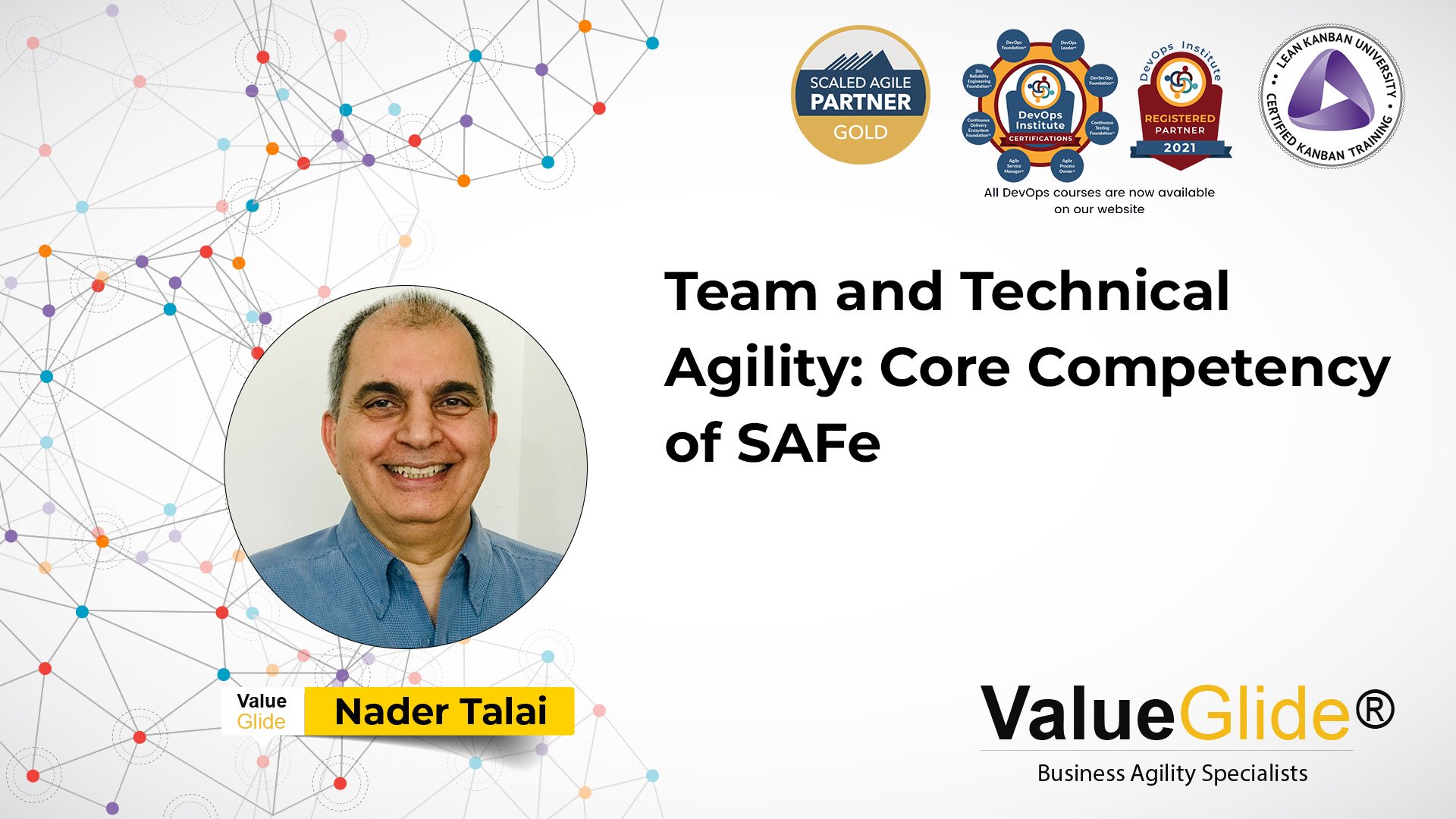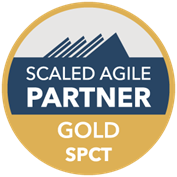Master Agile Practices Through Comprehensive SAFe Certification
In an increasingly intricate organization landscape, understanding Active methods with comprehensive SAFe accreditation has become a vital proficiency for professionals intending to boost organizational performance. This qualification not just offers a deep understanding of the SAFe framework however likewise cultivates essential abilities for promoting collaboration and alignment amongst teams. As organizations look for to navigate the obstacles of fast adjustment, the application of SAFe concepts offers a path to enhanced outcomes. Nonetheless, the journey to qualification includes more than simply theoretical expertise; it requires a critical strategy to application that can dramatically affect business dexterity. What does this require?
Understanding SAFe Framework
The SAFe (Scaled Agile Structure) framework functions as a structured technique for implementing Active techniques at scale across big companies. It gives a comprehensive approach that lines up the numerous levels of an organization, from team to portfolio, making sure that all components function cohesively in the direction of usual objectives. SAFe incorporates concepts from Agile, Lean, and item growth circulation, supplying a well-defined set of functions, methods, and duties.
At its core, the SAFe framework makes up four levels: Group, Program, Huge Remedy, and Profile. Each level addresses particular aspects of Agile distribution, from managing tiny groups of designers to managing several programs and aligning tactical campaigns with business purposes.
SAFe motivates partnership amongst cross-functional groups, promoting an environment where continuous renovation and advancement are vital. SAFe For Architects. By emphasizing placement, transparency, and built-in quality, the framework equips companies to respond promptly to market modifications while providing value to consumers
Additionally, SAFe supports numerous approaches, such as Scrum and Kanban, permitting companies to tailor their method according to specific job needs. This versatility makes SAFe a robust structure for organizations intending to flourish in a swiftly progressing business landscape.

Advantages of SAFe Accreditation
Often demanded in the Agile community, SAFe accreditation uses numerous advantages for professionals and organizations alike. Among the key benefits is the enhancement of skills and understanding in applying the Scaled Agile Structure (SAFe), which equips individuals with the tools essential to drive effective Agile makeovers. This qualification signals a commitment to expert advancement, making candidates much more competitive in the task market.
For companies, having actually licensed specialists cultivates a society of continual renovation and cooperation, crucial for adapting to altering market demands. It allows teams to align their collaborate with tactical goals, ultimately enhancing productivity and efficiency. Companies with a higher percentage of SAFe-certified employees typically experience minimized time-to-market and enhanced quality of deliverables.
Moreover, SAFe certification promotes networking possibilities with various other Agile professionals, allowing the exchange of best practices and experiences (SAFe For Architects). This collaborative network can significantly add to individual and organizational growth. In recap, acquiring SAFe certification not just improves individual capacities however also reinforces the general Agile maturation of an organization, leading to lasting success in today's dynamic organization atmosphere
Key Parts of SAFe
Building on the benefits of SAFe accreditation, understanding the crucial components of the Scaled Agile Structure is important for properly executing its concepts. The SAFe structure makes up four main levels: Team, Program, Huge Service, and Profile. Each level addresses various aspects of active practices, assisting in alignment and shipment throughout the company.
At the Team degree, cross-functional teams work collaboratively making use of Agile methods, such as SAFe Agilist Scrum or Kanban, to supply incremental value (SAFe For Architects). The Program degree focuses on the Agile Release Train (ART), which is a long-lived group of Agile groups that intends, commits, and carries out with each other. The Large Service degree addresses intricate solutions that require several ARTs to function in performance, guaranteeing sychronisation and assimilation

Getting Ready For SAFe Accreditation
Getting ready for SAFe accreditation requires a tactical technique to make sure a detailed understanding of the framework. First, familiarize on your own with the core concepts and values of the Scaled Agile Structure (SAFe) Review sources given on the Scaled Agile web site, including the SAFe structure documents, study, and whitepapers, to build a strong foundation.

Additionally, practice with sample examination questions to familiarize on your own with the layout and kinds of concerns you might experience. Signing up with study hall or forums can promote expertise exchange and supply support from fellow prospects.
Applying SAFe in Organizations
Carrying Out the Scaled Agile Framework (SAFe) within organizations requires an organized strategy that lines up groups and procedures towards a typical goal. The effective application of SAFe starts with establishing a clear understanding of its principles, including placement, transparency, and partnership. Organizations should initially evaluate their current procedures and recognize areas for enhancement, guaranteeing they await the cultural change that SAFe requires.
Training and qualification for groups help equip participants with the essential skills and expertise to operate properly within the SAFe framework. This consists of developing Agile Launch Trains (ARTs), which offer as the backbone for supplying value throughout the company.
Routine preparation sessions, such as Program Increment (PI) preparation, need to be carried out to synchronize teams and focus on work. In addition, leveraging metrics to gauge development and performance is important for ongoing renovation. By consistently applying SAFe concepts and methods, companies can attain higher agility, boost collaboration, and eventually drive far better company end results. Welcoming this framework settings companies to react quickly to market adjustments and customer demands.
Verdict
To conclude, understanding Active techniques with comprehensive SAFe certification dramatically contributes and improves specialist abilities to business performance. The knowledge got from recognizing the SAFe framework, together with its key parts, enhances and assists in successful improvements cooperation amongst teams. Getting this qualification positions people favorably in a competitive work market, emphasizing the significance of constant enhancement and positioning within companies. Accepting SAFe eventually brings about boosted efficiency and greater quality deliverables.
The SAFe (Scaled Agile Structure) structure serves as an organized approach for carrying out Agile methods at range across big organizations. One of the key advantages is the enhancement of skills and expertise in carrying out the Scaled Agile Framework (SAFe), which furnishes individuals with the tools essential to drive successful Agile changes. In recap, obtaining SAFe certification not just enhances private capabilities however likewise reinforces the overall Agile maturity of an organization, leading to sustainable success in today's vibrant service atmosphere.
Building on the benefits of SAFe qualification, understanding the essential parts of the Scaled Agile Structure is vital for efficiently executing its principles.Carrying Out the Scaled Agile Framework (SAFe) within organizations requires an organized approach that lines up teams and processes towards a typical goal.
Comments on “Optimize Your Portfolio with SAFe Lean Portfolio Management Techniques”